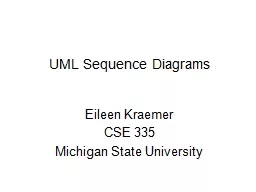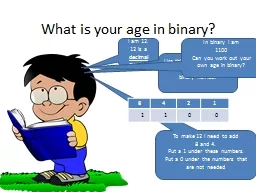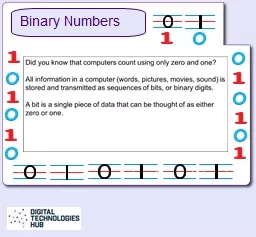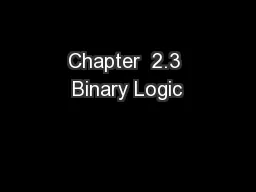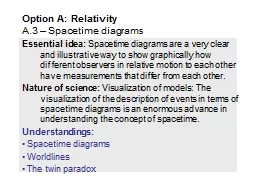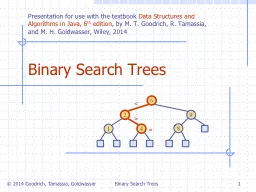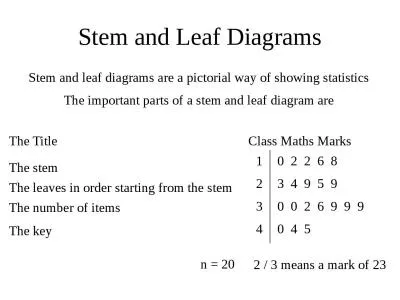PPT-Binary Decision Diagrams
Author : susan | Published Date : 2022-05-31
A generalpurpose toolkit for combinatorial problems Torsten M ü tze Based on D Knuth The Art of Computer Programming Vol 4 Binary Decision Diagrams BDDs
Presentation Embed Code
Download Presentation
Download Presentation The PPT/PDF document "Binary Decision Diagrams" is the property of its rightful owner. Permission is granted to download and print the materials on this website for personal, non-commercial use only, and to display it on your personal computer provided you do not modify the materials and that you retain all copyright notices contained in the materials. By downloading content from our website, you accept the terms of this agreement.
Binary Decision Diagrams: Transcript
Download Rules Of Document
"Binary Decision Diagrams"The content belongs to its owner. You may download and print it for personal use, without modification, and keep all copyright notices. By downloading, you agree to these terms.
Related Documents



